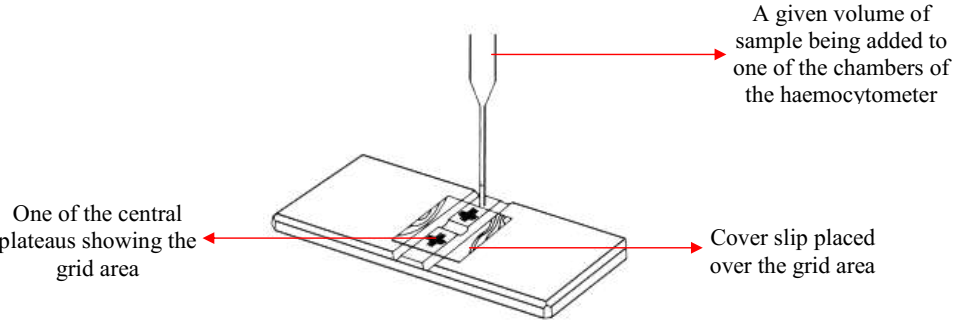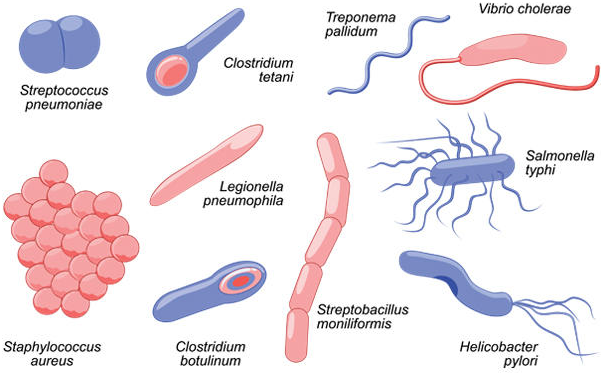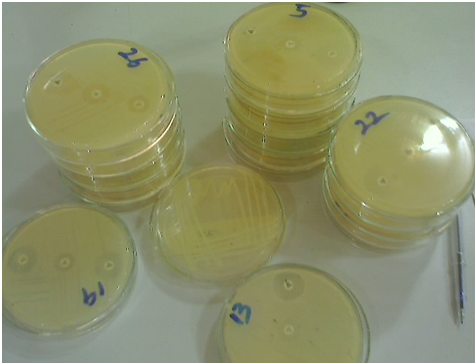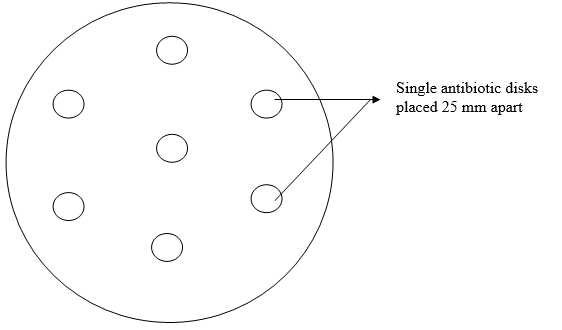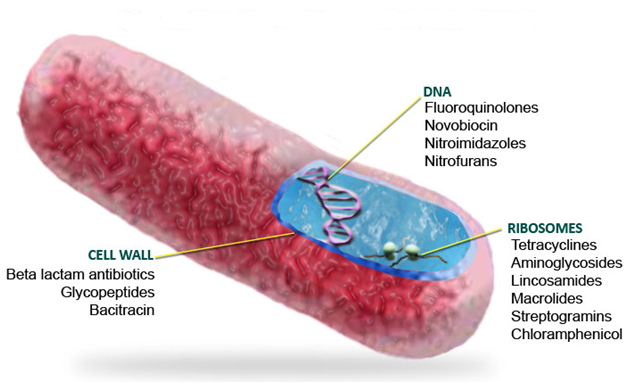MICROBIAL COUNT: Total Count & Viable Count
Viable cell count: Viable cell count gives an estimate of the total number of living cells present in a given volume of a sample. Viable cell count can be determined by automated machines and with the use of counting chambers such as the haemocytometer (Figure 1) in the microbiology laboratory. Haemocytometers are routinely used in […]
MICROBIAL COUNT: Total Count & Viable Count Read More »
Microbe Lab, Microbial Physiology & Metabolism, Techniques in Microbiology Lab
